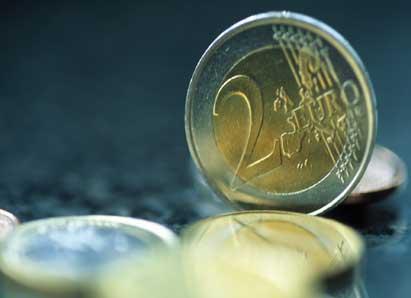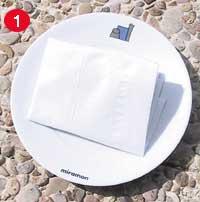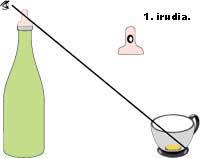Allergy to coins of 1 and 2 euros
2002/09/12 Elhuyar Zientzia

Having a money allergy is not new. Many people say they are allergic to money to say they spend a lot and easily. However, since the euro was launched, that is, since January 2001, complaints and complaints from those who are really allergic to the euro have been heard more than once.
Coins cause itching, redness, and eczema on the skin. And it seems that the responsible is the nickel used in metal alloys for the production of coins. But some ancient European coins, like the peseta, also had nickel, and not a few! Why then do euro coins cause more cases of allergies than old ones?
The answer to this question has reached the nine months of the marketing of coins, with an article published in the journal Nature. It seems that the key is in those pieces of different currency colors of one euro and two. In fact, the two pieces that make up the coins are made of different components. The silver part is made of copper with 25% nickel. The golden color is copper, 20% zinc and 5% nickel.
Sweat produces a flow of ions between these two different metal alloys, releasing nickel ions. Thus, coins secrete 320 times more nickel than the European Union allows. The European Union has announced that the regulation that limits the amount of nickel applies to objects in permanent contact with the skin such as watches, bracelets and necklaces.
It is also reported that the use of nickel in the manufacture of coins has reasons. Nickel is a magnetic metal that facilitates identification in coin machines and reduces coin production. On the other hand, it is recalled that coins have been made with two pieces in order to hinder counterfeits and not by the aesthetic point of view.

Gai honi buruzko eduki gehiago
Elhuyarrek garatutako teknologia






